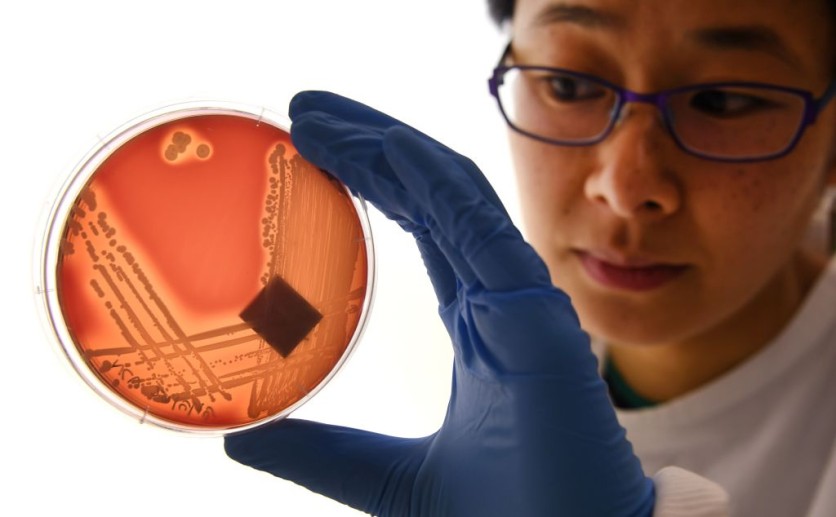Scientists at Cold Spring Harbor Laboratory have developed a new type of antibiotic that can shape-shift by rearranging its atoms to tackle drug-resistant bacteria. Professor John E. Moses created the weapon while observing military tanks that can quickly rotate and respond to threats.
He then turned to a molecule called bullvalene with over a million possible configurations due to its atoms' ability to swap positions.

Click Chemistry Technique
Moses combined bullvalene with vancomycin, a potent antibiotic used to treat various infections. He created a new antibiotic with two vancomycin "warheads" and a fluctuating bullvalene center using the Nobel Prize-winning click chemistry technique.
MRSA, VRSA, and VRE are a few bacteria that have gained vancomycin resistance. In partnership with Dr. Tatiana Soares da-Costa from the University of Adelaide, Moses' team employed wax moth larvae, often used to test antibiotics, to administer the novel medication to the VRE-infected larvae.
According to the researchers, the antibiotic's ability to change shape made it substantially more successful than vancomycin at treating the fatal infection. They also found that the bacteria did not become resistant to the new drug.
Each year, almost 3 million infections with drug-resistant bacteria and fungi occur in the United States alone, leading to 35,000 fatalities.
Since some bacteria have grown resistant to antibiotics due to overuse in recent years, treating illnesses has become more complex. Antibiotic resistance has been listed as one of the top 10 worldwide public health threats by the World Health Organization.
Crucial Advance
Moses' development of antibiotics that can change their structure may be a crucial advance in the fight against these drug-resistant superbugs. The new antibiotic can change its structure by rearranging its atoms, which makes it harder for bacteria to acquire resistance to it.
Developing numerous novel medications through click chemistry and shape-shifting antibiotics offers fresh hope in the fight against antibiotic resistance.
Moses believes that the most significant accomplishment in history would be the discovery of molecules that could determine whether someone lives or dies. Antibiotics that can change their shape may be essential tools in the fight against infection.
This discovery is a significant breakthrough in the medical field as the battle against antibiotic resistance continues to escalate.
Moses' research offers hope in the search for new treatments to combat drug-resistant bacteria and fungi that pose a severe threat to public health.
The findings of this study have significant implications for the development of new antibiotics that can shape-shift and adapt to bacteria's changing defenses, offering new hope for the future of medicine.
The work was published in PNAS.
Related Article : DeepMind's AlphaFold AI Develops Molecular Syringe That Can Help Cure Cancer, Treat Tumors

ⓒ 2025 TECHTIMES.com All rights reserved. Do not reproduce without permission.




